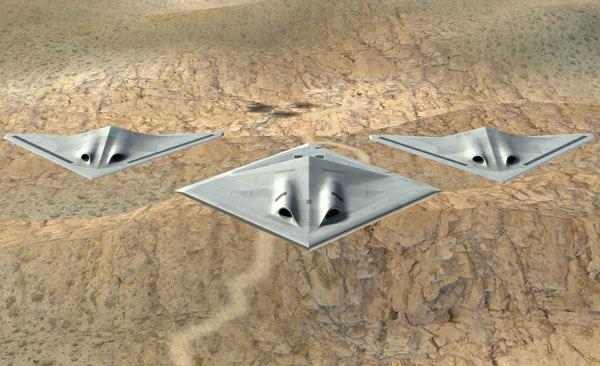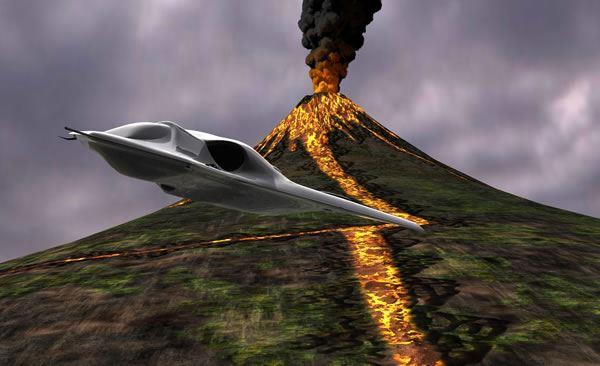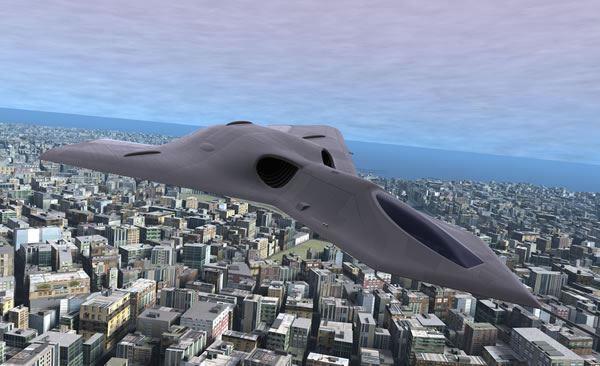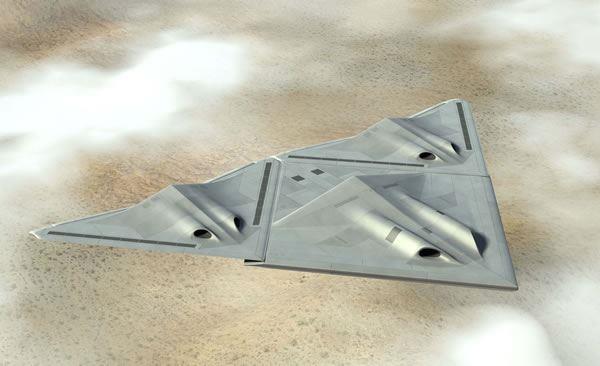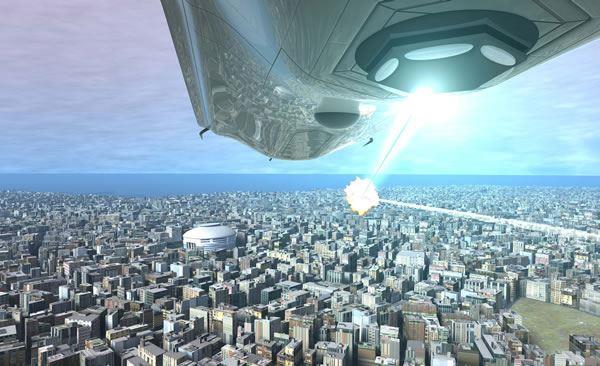BAE Systems
Self-healing Planes and the Future of Flight
Self-healing aircraft are among new concepts launched by BAE Systems and they could be flying quite soon
Boffins at BAE Systems have unveiled a crop of futuristic new technologies that could be incorporated into military and civil aircraft come the year 2040 or even before.
The team of scientists and engineers have been working on four different technologies at the BAE Systems Research and Development facility at Warton in Lancashire. The innovative new developments include aircraft parts that can heal themselves, a new type of long range aircraft, a direct energy weapon and a sophisticated variation on 3D printing.
On-board 3D printing
The aim of this concept is to create the ultimate adaptable taskforce, headed up by a lead aircraft that would be able to enter any kind of unknown scenario and subsequently manufacture smaller aircraft that could be ready for anything.
Each of these aircraft, or UAVs, would be uniquely tailored to suit their surroundings and could include wide-winged designs for prolonged surveillance jobs through to rotary winged aircraft that could be called upon to carry out rescues. Once used, the aircraft could then be rendered useless thanks to dissolving circuit boards, although their value might also mean they’d be programmed to land in a friendly area ready to be recovered.
This bold idea focuses on smaller, unmanned aircraft, which are created by super high-tech on-board 3D printers. These sophisticated printers would use Additive Layer Manufacturing for production and robotic assembly techniques would be called upon for construction dutuies. The printers would follow plans fed to them via data supplied from a central control room, controlled by human intervention.
The Transformer
This innovation involves a flexible aircraft system that combines smaller jets that provide much more efficient travel. They could then split apart and be developed to work in any kind of combat or humanitarian scenario. More than one of the smaller aircraft could also be joined together to move over greater distances, making the larger construction more aerodynamic and thereby saving on fuel consumption.
On arrival at the combat zone or geographical area where work needs to be carried out, the UAVs could then be broken back down into sub-section aircraft to perform any number of duties. This could include surveillance, the dropping of supplies into inhospitable areas or other tasks where smaller, more nimble aircraft are much better suited.
The Survivor
Nick Colosimo, a Futurist and Engineering Manager within the R&D team said: "Of course, we don't know exactly what sorts of aircraft technologies will be used in 2040 with any certainty, but it's great to be able to show the public some concepts that might be possible through projecting where today's technology could get to. BAE Systems has a rich heritage in research and development, and our team builds on literally decades of previous R&D work by thousands of scientists and engineers."
Research and development has always played a key role in BAE Systems' defence, aerospace and security business, with the company investing £117 million of its own capital in research and development during 2013.
BAE Systems
BAE Systems The power of 3D printing could soon be exploited in the air
BAE Systems There's an increasing need for military aircraft to be more durable in the future
BAE Systems A self-healing plane design could revolutionise flying in the future
Directed Energy Systems
The scientists and engineers at BAE Systems have also been looking into the feasibility of a futuristic attachment weapon for aircraft. This would be able to fire a concentrated beam of energy at the speed of light. Direct Energy Systems are seen as the ideal way of protecting troops on the ground from the likes of missiles and mortars.
Looking towards the future, the BAE Systems staff think that the concept could be adapted into an attachment for their new aircraft designs and would allow that capability to be used in the air. Military jets could then destroy their targets in mid-air with pinpoint accuracy.
BAE systems Planes that 'self-heal' could go on to be used over and over again
BAE Systems - There's an increasing need for military aircraft to be more durable in the future
08/07/2014 05:00 | By Rob Clymo, editor, MSN Innovation
Finally, one of the most incredible concepts developed by the boffins is the healing capacity of future aircraft. The technology behind it involves an aircraft constructed in a way that sees lightweight adhesive fluid poured inside a pattern of carbon nanotubes. The liquid can then be released whenever any damage is sustained, even during a flight, and can set to make the aircraft as good as new again.
This would make any kind of aircraft virtually indestructible and make it able to reach deep into enemy areas in order to carry out surveillance, carry out a military strike or, perhaps, pick up injured or stranded personnel.
Study
Research
Main Index
Space Cosmology
Science Research
*
About
Science Research
Science Theories
Desk
Site Map
BookShelf
Copyright © by Nigel G Wilcox · All Rights reserved · E-Mail: ngwilcox100@gmail.com
Designed by Nigel G Wilcox
Powered By AM3L1A
Pages within this section:
Pages:
Sub-Menu
2
3
4
5
6
7
8
1
9


